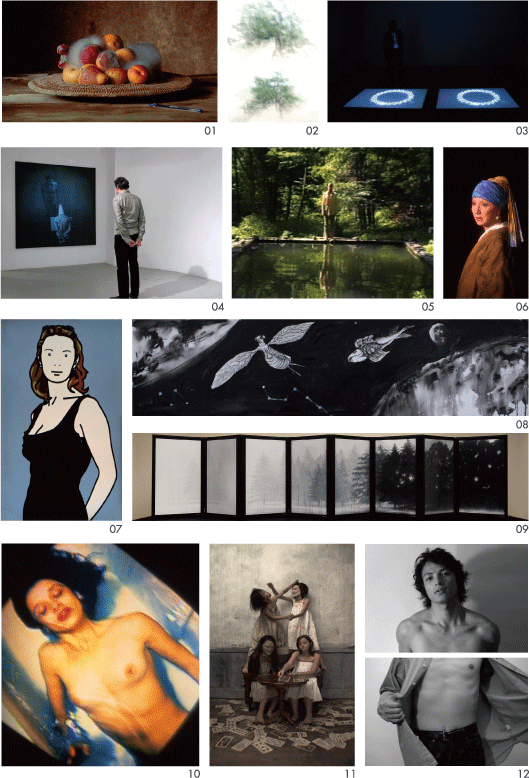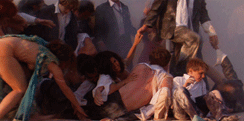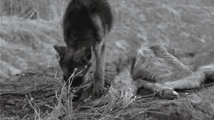Still/Motion:Liquid Crystal Painting
Aug. 23—Oct. 13, 2008
- Aug. 23—Oct. 13, 2008
- Closed Monday(if Monday is a national holiday or a substitute holiday, it is the next day)
- Admission:Adults ¥1,000/College Students ¥800/High School and Junior High School Students,Over 65 ¥600
Video technology has exerted a strong influence on visual culture. One aspect of this has been the emergence of video art in the 1960s and video artists such an Nam June Paik who focused on the possibilities of the form that were completely different from film and attempted a variety of experimental works that could only have been created with video.
At the outset of video art, cathode-ray-tube monitors were common, but in the 80s, these gave way to projectors for wall screenings, and in more recent years, works for flat display devices have begun to emerge. In this exhibition of video art, which has developed in close connection to technological innovations, we present works that make use of projectors as well as Large-screen, liquid-crystal displays in what seems to be the beginning of a new chapter in the art form.
In the title of this ground-breaking project, we have dared to use the word “painting,” a reference to a more traditional genre. This is due to the fact that the works and the artists that are represented in this exhibition have blurred the borders that once clearly delineated the line between painting and video, and furthermore, have set out to redefine the possibilities that were originally inherent in the genre.
Today, it has become possible to show video works under nearly the same conditions as one might present an exhibition of paintings. In general, painting is a spatial art from that remains static while video is a temporal art from that moves; but the distinction between a dark theatre and a light gallery that once symbolically maintained the difference between the two is now not quite so absolute. It is no longer possible to simply view a video as a detailed reproduction of a painting. Movement intervenes in paintings, and images with the qualities of a painting appear in video, as a wondrous world in which temporal and spatial art forms merge into one appears before our eyes.
As with photography and film, technological innovations lead to previously unimaginable fields of art. In this exhibition, we are not simply attempting to take advantage of the special features of stare-of-the-art equipment, but rather present a group of expressions that extend far beyond traditional concepts of the video form by artists who are blessed with a highly developed sensitivity.
01. Sam Taylor-Wood, Still Life, 2001
02. Kojima Chiyuki, RhythmiCalm –Land of Sand, 2007
03. Mirosław Bałka, BlueGasEyes, 2004
04. Dominik Lejman, Yo Lo Vi, 2006
05. Bill Viola, The Reflecting Pool, 1977-79
06. Morimura Yasumasa, Vermeer Study: Looking Back (Mirror), 2008
07. Julian Opie, Woman with Evening Dress, 2005
08. Qiu Anxiong, The New Book of Mountains and Seas Part 2, 2007
09. Senju Hiroshi, A Forest of Water, 2008
10. Brian Eno, Thursday Afternoon, 1984
11. Yanagi Miwa, Fortunetelling, 2005
12. Takano Ryudai, Para-Para (Electric Riffle)2002/2008 (Upper Body), 2002/2008




![チラシ1[pdf]](http://topmuseum.jp/upload/4/400/thums/2008_012_b.png)